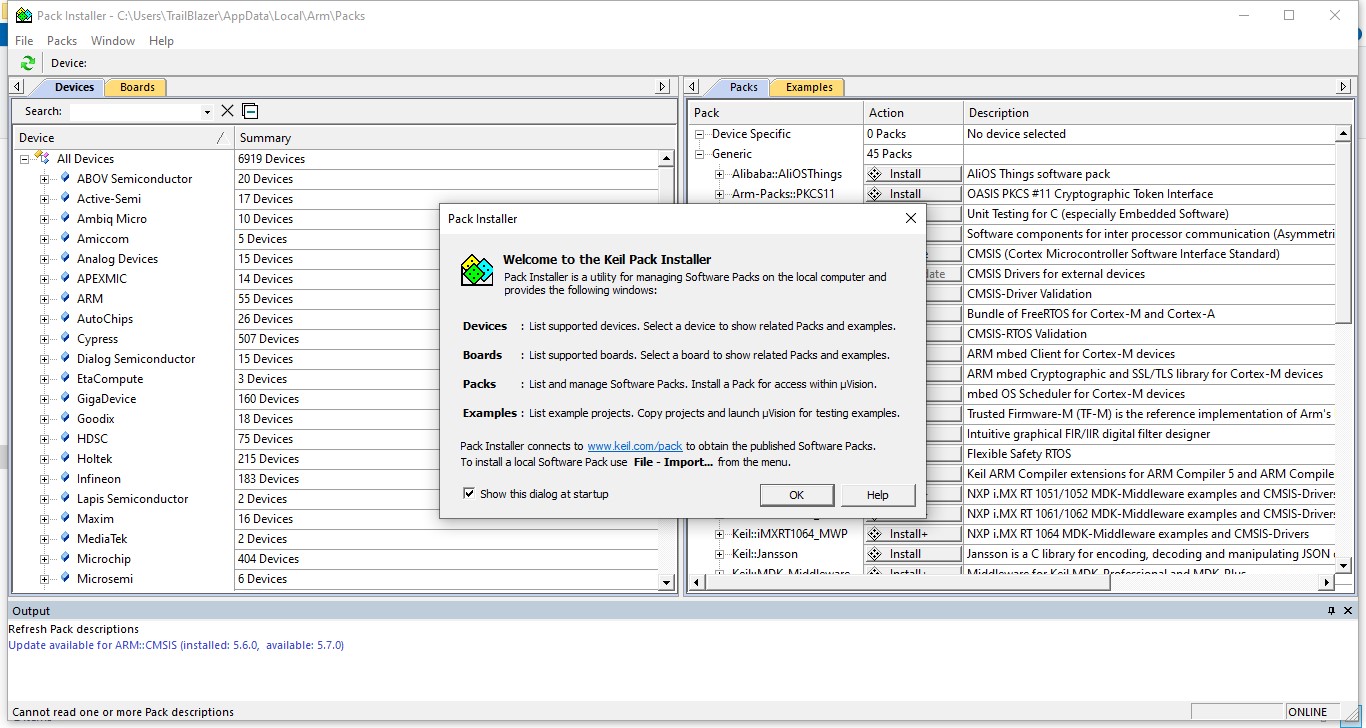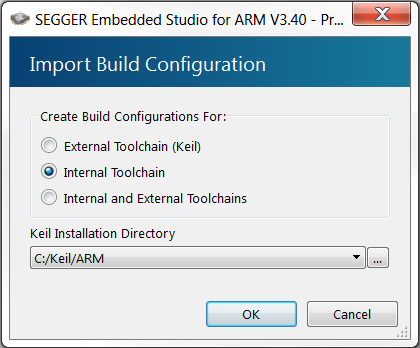
I used a price-break of 100 units when determining pricing, and I looked at typical, general suppliers I personally use when shopping for parts - I avoided eBay/AliExpress/Taobao unless they were the only source for the parts, which is common for devices most popular in China and Taiwan. I’m sure people will chime in and either claim that a part is more than a dollar, or that I should have used another part which can be had for less than a dollar. 1 To get technical: I purchased several different MCUs - all less than a $1 - from a wide variety of brands and distributors. While some projects that come across my desk are complex enough to require a hundreds-of-MHz microcontroller with all the bells and whistles, it’s amazing how many projects work great using nothing more than a $1 chip - so this is the only rule I established for this microcontroller review. It’s time for a good ol’ microcontroller shoot-out. I wanted to take a quick pulse of the industry to see where everything is - and what I’ve been missing while backed into my corner of DigiKey’s web site.


In 2017, we saw several new MCUs hit the market, as well as general trends continuing in the industry: the migration to open-source, cross-platform development environments and toolchains new code-generator tools that integrate seamlessly (or not so seamlessly…) into IDEs and, most notably, the continued invasion of ARM Cortex-M0+ parts into the 8-bit space. At the same time, we all have our go-to chips - those parts that linger in our toolkit after being picked up in school, through forum posts, or from previous projects. As an embedded design consultant, the diverse collection of projects on my desk need an equally-diverse collection of microcontroller architectures that have the performance, peripheral selection, and power numbers to be the backbone of successful projects.


 0 kommentar(er)
0 kommentar(er)
